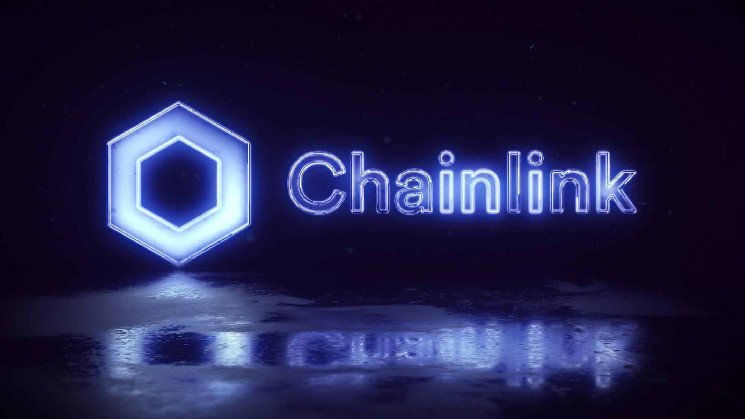- Tokenization is becoming popular in financial markets for its benefits, like increased liquidity.
- Chainlink’s CCIP simplifies cross-chain transactions and regulatory compliance by offering a unified framework for asset transfers.
Tokenization is gaining traction in the financial markets, promising significant benefits such as enhanced liquidity, streamlined post-trade processing, and increased transparency. The technology enables tokenizing traditional assets into digital tokens on the blockchain for easy trading and management.
A recent study demonstrates the increasing interest, as 97% of institutional investors believe that tokenization will revolutionize asset management.
However, tokenization has several limitations. Regulatory fragmentation across regions complicates the landscape and has the potential to slow down adoption. Also, compatibility problems between one blockchain network and another are a major challenge.
Chainlink’s CCIP Addresses Cross-Chain Challenges
Chainlink’s Cross-Chain Interoperability Protocol (CCIP) is a possible solution to these challenges. CCIP offers a united approach to asset transfers and helps to meet all the possible regulations. The protocol thus ensures that all the transactions are secure and can be easily tracked across different blockchains, which is essential in addressing many legalities.
This capability is particularly useful in monitoring the flow and compliance of tokenized assets, which is more critical in the current global legal framework.
CCIP also covers the integration of public and private blockchains. Thus, financial institutions can interact with several blockchain networks using a single integration point, which helps minimize the number of interfaces and the costs of their implementation.
This integration also allows for the smooth coordination of activities between blockchains and the overall value of the transaction processes.
Key Features of CCIP Ensure Asset Integrity
- Monitoring and Integrity: The asset quantity ensures that only the right quantity of assets is recorded and not tampered with.
- Segregation of Assets: Coordinates the involvement of different parties, both institutional and non-institutional investors.
- Settlement Assurance: Ensures stability and reliability in the trading system with finality that must be attained within a certain period.
- Compliance and Risk Management: Facilitates adherence to regulatory standards and includes robust measures for managing technological and operational risks.
CCIP also provides real-world use cases like enabling multi-chain operations and integrating real-world assets into the blockchain system. For instance, a recent example included the Australia and New Zealand Bank (ANZ) utilizing CCIP for a cross-chain and cross-currency transaction of green finance asset tokens.
This case highlighted how CCIP could handle multifaceted transactions and facilitate payment and asset transfer simultaneously.
Another evident application is the tokenization of real estate properties, which divides the property into tokens representing ownership shares. Thus, digitally encoding physical properties as tokens improves their accessibility and marketability.
A hypothetical scenario illustrates this: A company securitizes a commercial building and issues 10,000 tokens as shares in the property. Investors purchase these tokens through a digital asset exchange, and CCIP facilitates the cross-chain transfer of tokens, ensuring compliance and security throughout the process.


